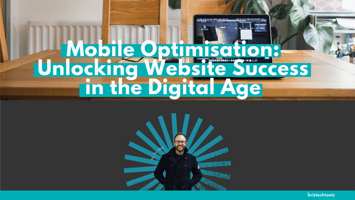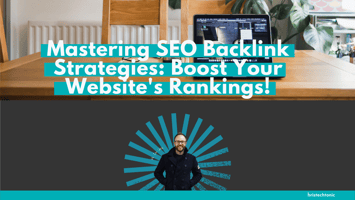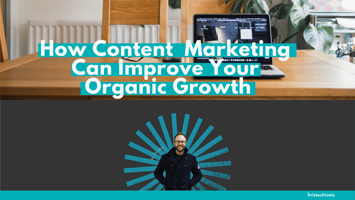It is undeniable that mobile has grown to play a crucial role in our lives in the current digital...
Mastering Meta Descriptions
Every content creator faces the problem of getting their work discovered in the wide digital realm. Meta descriptions are a formidable tool that can attract readers and increase search traffic, yet they are frequently ignored. These succinct summaries, which appear beneath the title of your content in Google's search results, can significantly influence clickthrough rates and audience engagement.
Why Do Meta Descriptions Matter and What Are They?
Meta descriptions function as succinct summaries of your content, giving searchers a preview of what your post contains. They are crucial in bringing organic traffic to your website even if they no longer directly influence Google's keyword ranking algorithm. An engaging meta description is crucial to your search engine optimisation (SEO) strategy since it persuades consumers to click on your link.
The Influence of Catchy Lines
To create successful meta descriptions, the first key is to keep them brief and snappy. Aim for between 150 and 160 characters to guarantee that your description displays in its entirety and isn't cut off in the search results. You can push searchers to continue their exploration by using action verbs like "Learn," "Read," or "Discover," which elicit a sense of urgency and enthusiasm.
Recognising Your Audience
Understanding the preferences and problems of your target audience is the first step in optimising your meta descriptions. Use resources like "Answer The Public," which provides common search terms relevant to your topic, to conduct thorough research. With this knowledge, you may specifically address the demands and questions of your potential readers in your meta descriptions, increasing the likelihood that they will click through.
The Art of Writing Click-Worthy Meta Descriptions
The following are crucial pointers to remember while writing click-worthy meta descriptions:
- Clarity Is Vital When describing what your material offers, be precise and unambiguous. Avoid writing ambiguous or false descriptions that could let readers down and increase bounce rates.
- The USP (unique selling proposition) of your material should be highlighted. Be sure to highlight what makes your piece unique and how it can help the reader.
- Include Keywords: Although meta descriptions don't directly affect SEO rankings, doing so can improve your description's persuasiveness when users see their search terms highlighted.
- Use language that is action-oriented: As was already discussed, begin your meta description with an action verb to elicit urgency and excitement.
- Evoke Emotions: Appeal to your audience's feelings by utilising persuasive language that piques their interest or addresses their concerns.
- Make sure your meta description appropriately captures the information contained in your post. By doing this, you increase audience trust and lower the likelihood of high bounce rates.
- A/B test several meta descriptions to find which ones your audience responds to the most favourably. To continuously improve your strategy, examine user behaviour and clickthrough rates.
Meta descriptions continue to be a powerful technique to increase organic traffic to your website in the ever-changing world of SEO. Your clickthrough rate from search results can be greatly increased by writing snappy, action-oriented descriptions that respond to the needs of your audience.
This site contains affiliate links to products. We may receive a commission for purchases made through these links. Thank you for supporting small businesses!




